Fauna of Palestine
Palestine is located between Europe, Asia, and Africa, with an area of 27000 km2 in the western part of the Fertile Crescent, where humans first developed agriculture. The unique geography and geology gave Palestine more biological diversity than some countries ten times its size. It is home to a diverse range of animals, including vertebrates ( mammals, birds, reptiles, amphibians, and fish) and invertebrates ( insects, snails, and spiders). The region's biodiversity is crucial for our existence. because we rely on a healthy environment, and that means having a balanced ecosystem where all parts of the food web work together. Unfortunately, human activities, particularly since the Industrial Revolution of the Industrial Age, have resulted in a significant decrease in the number of animals. Some species, like ostriches, fishing owls, bears, deer, lions, and cheetahs, have been extinct over time.
Mammals
They are different from other vertebrate animals by several unique features. All mammals produce and secrete milk from mammary glands to feed their offspring. They also have hair on their bodies. Mammals are a diverse group of animals. Over 130 species of mammals have been recorded in Palestine, of which about 20 are extinct. Some large mammals are currently endangered due to illegal hunting and habitat loss, including leopards, gazelles, wolves, vultures, and caracals.
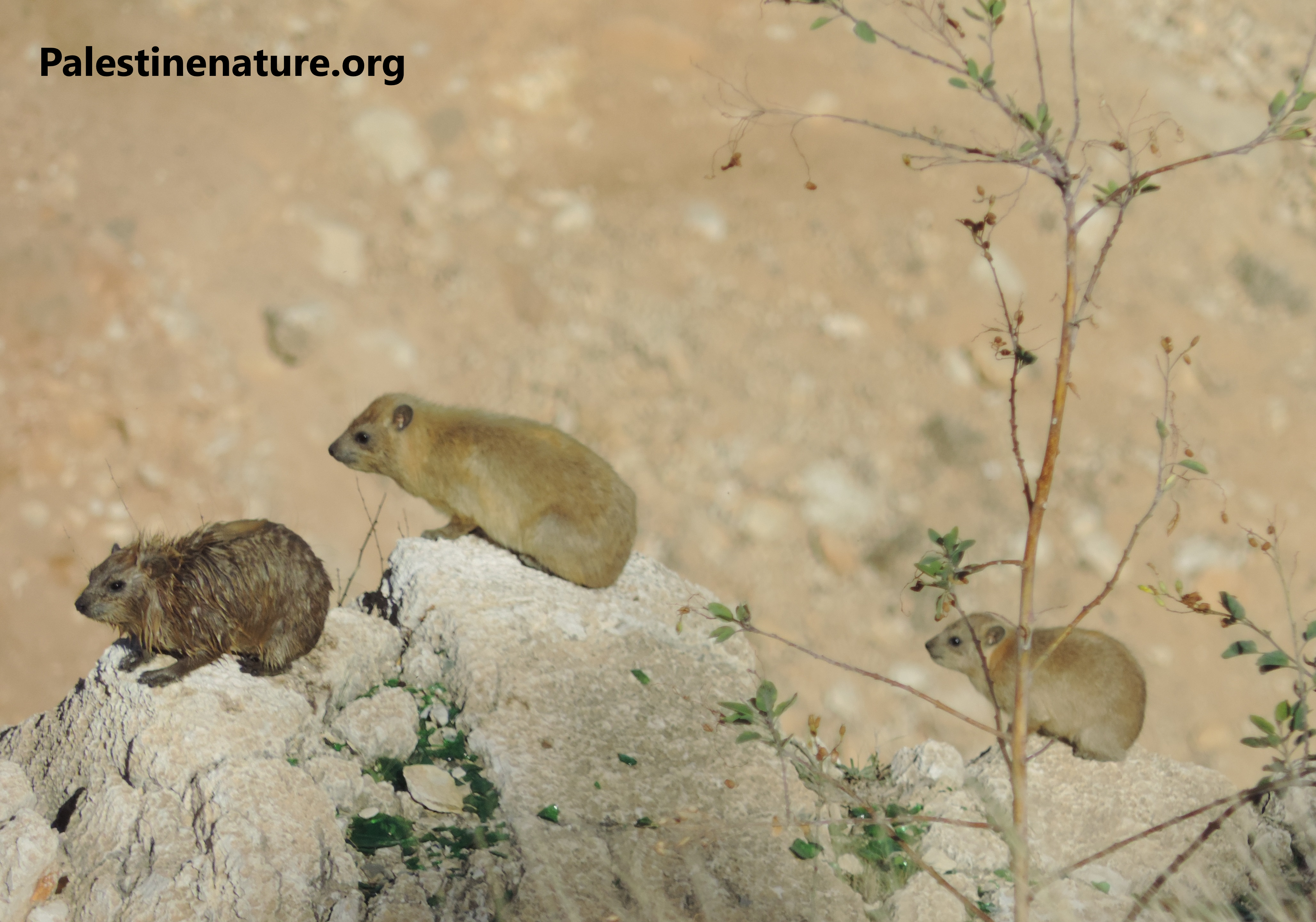

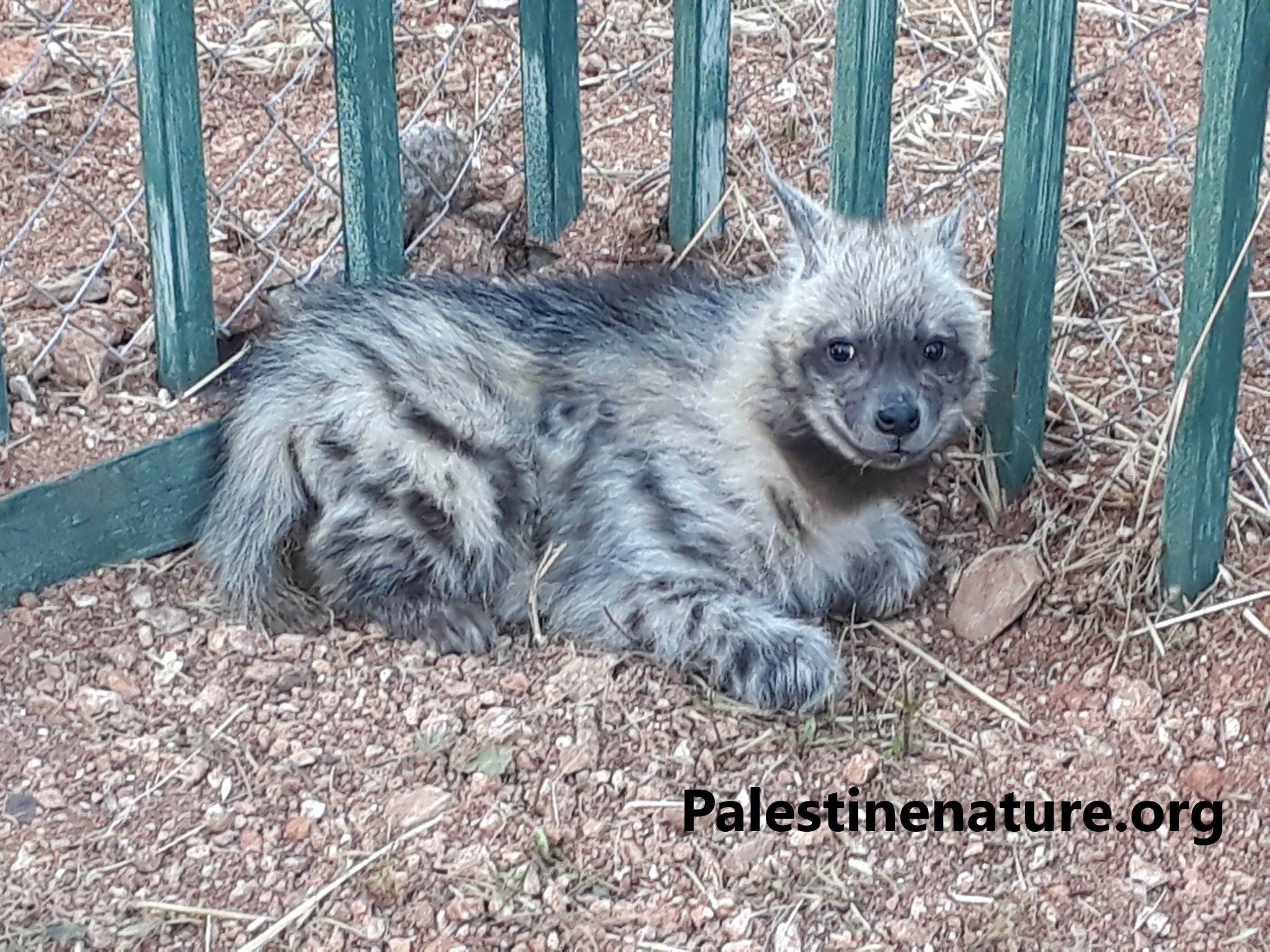
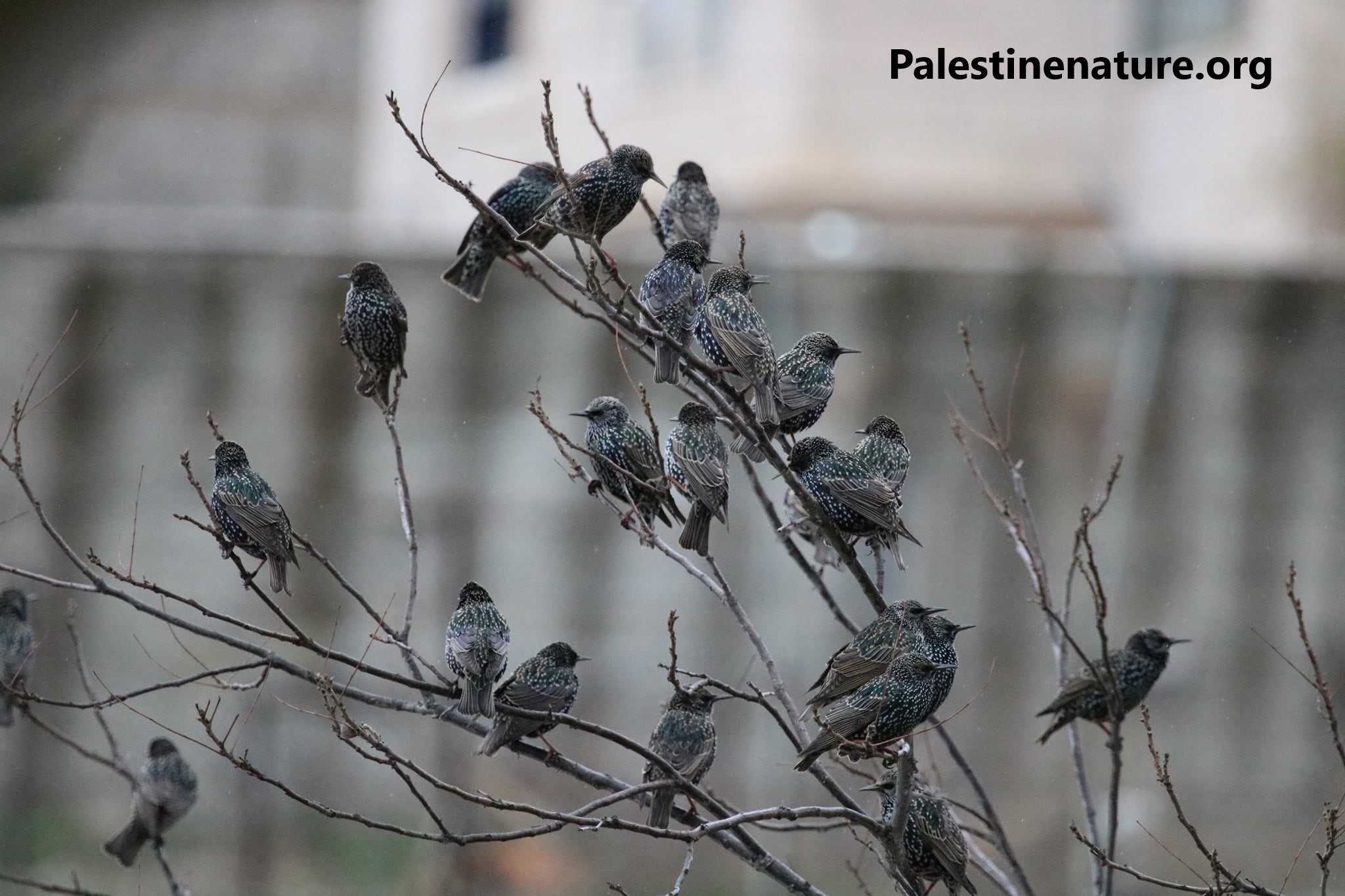 Starling Bird-Sturnus vulgaris
Starling Bird-Sturnus vulgaris
Birds
exhibit distinctive characteristics that set them apart from other animals. These include the presence of feathers, a streamlined shape, a beak, wings, air sacs, and hollow bones. The significance of birds lies in their role as indicators of a healthy environment and crucial contributors to biological control. Each bird plays a vital role in maintaining ecological balance by consuming approximately 50,000 insects daily, thereby exerting control over insect populations and preserving a robust and harmonious environment. based on the residency patterns of categorization. Each year, Palestine witnesses around 500 million birds, of which approximately 20% are resident birds that breed and reproduce in Palestine. Summer visiting birds, arriving between February and September from Africa and India, either come as young adults or reproduce and return with their young to their place of origin. Winter visiting birds arrive in late September, settle during December and January, and spend the winter in Palestine after migrating from Europe. Migratory birds, constituting 50% of the bird population, use Palestine as a resting site during spring or autumn migrations for days or weeks. Displaced birds, which make up 25% of Palestine's bird population, arrive unexpectedly without a specific schedule.
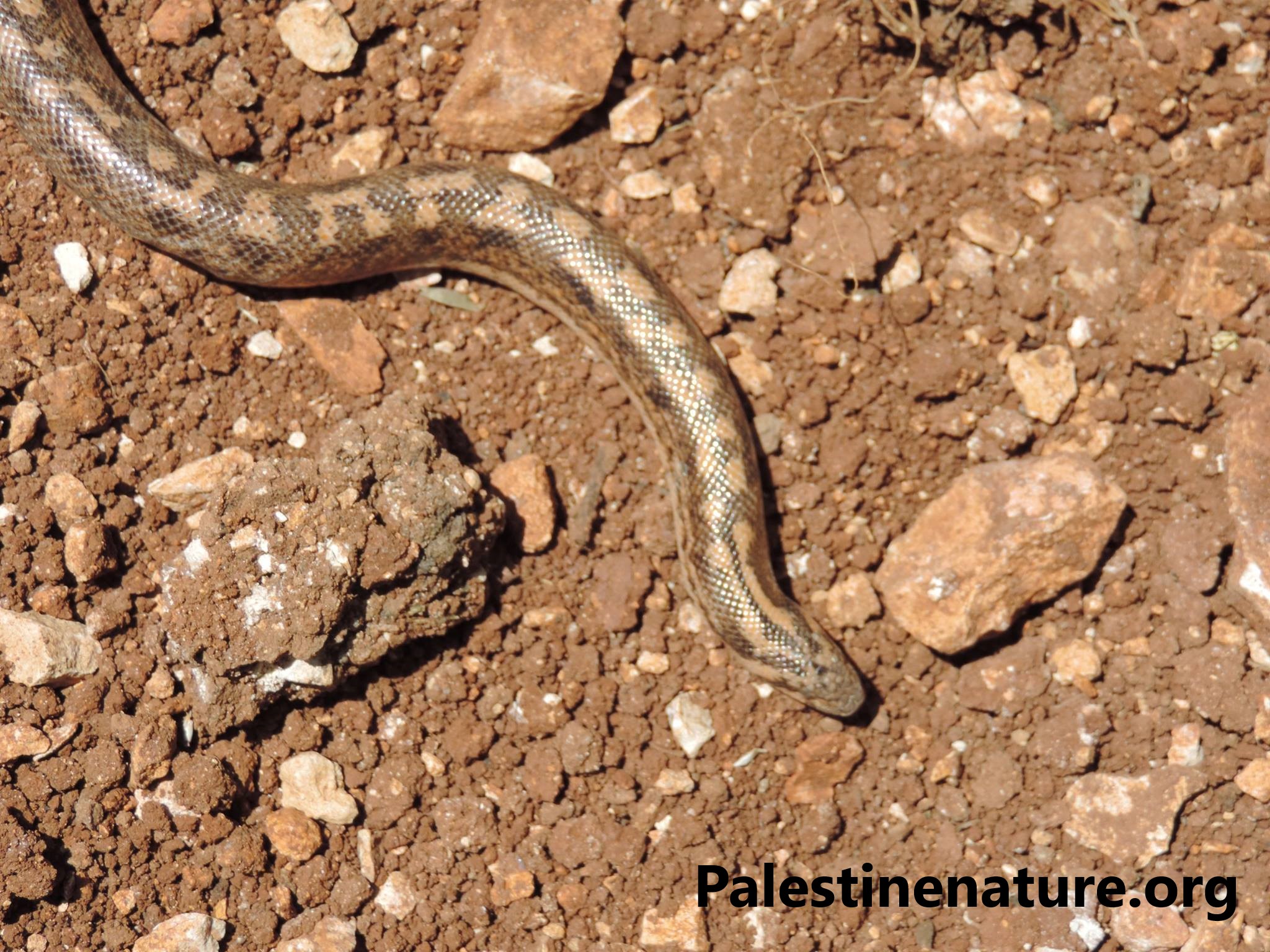 Eryx jaculus-sandboa
Eryx jaculus-sandboa
Reptiles
play a crucial role in maintaining balance in nature. In the historical region of Palestine, we know 91 reptile species, including 9 freshwater, marine, and land tortoises, 40 snakes, and 42 lizards. Increasing public awareness about these enigmatic creatures is the initial step toward developing a better understanding and overcoming the instinctive fear often associated with reptiles, especially snakes. Going into nature and observing these species in their daily lives without disruption can offer a fascinating experience for both children and adults. As interest in ecotourism and environmental education grows, we can develop a harmonious coexistence with all the creatures that share this land. This includes not only appreciating the presence of birds and flowers but also acknowledging the valuable contributions of these small reptiles to our interconnected ecosystem.
Amphibians
a fascinating group of vertebrates, play a unique and important role in ecosystems around the world, including Palestine. These creatures are characterized by their dual life stages in water and on land. Despite their relatively small size, amphibians contribute significantly to maintaining ecological balance. There are eight species of amphibians that have been recorded in historical Palestine. Various species of amphibians inhabit wetlands, rivers, and ponds, creating a rich biodiversity. However, they face threats from habitat loss, pollution, and climate change. Conservation efforts are essential to preserving the diversity of amphibians and ensuring their crucial role in both aquatic and terrestrial ecosystems continues for future generations
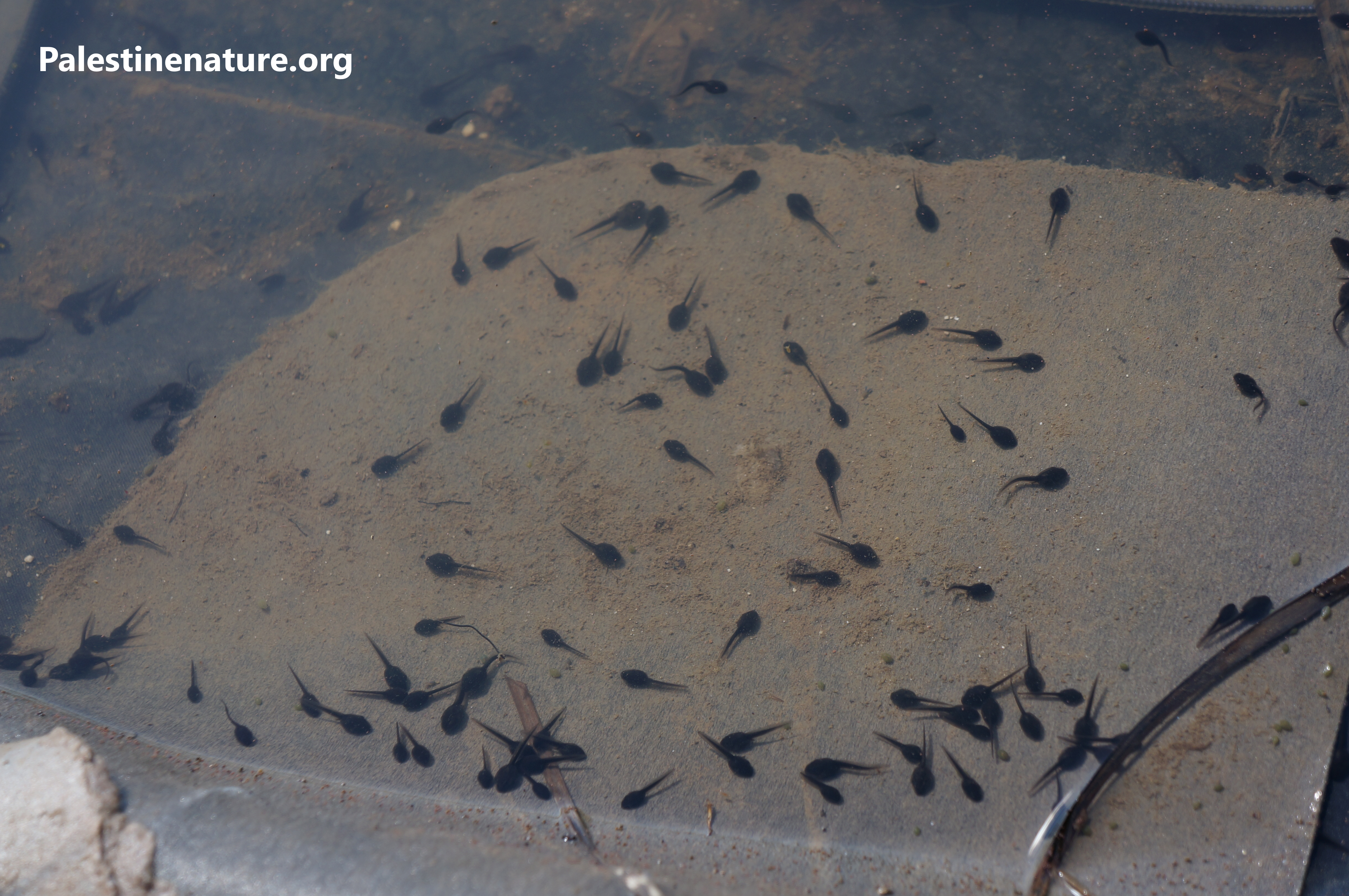
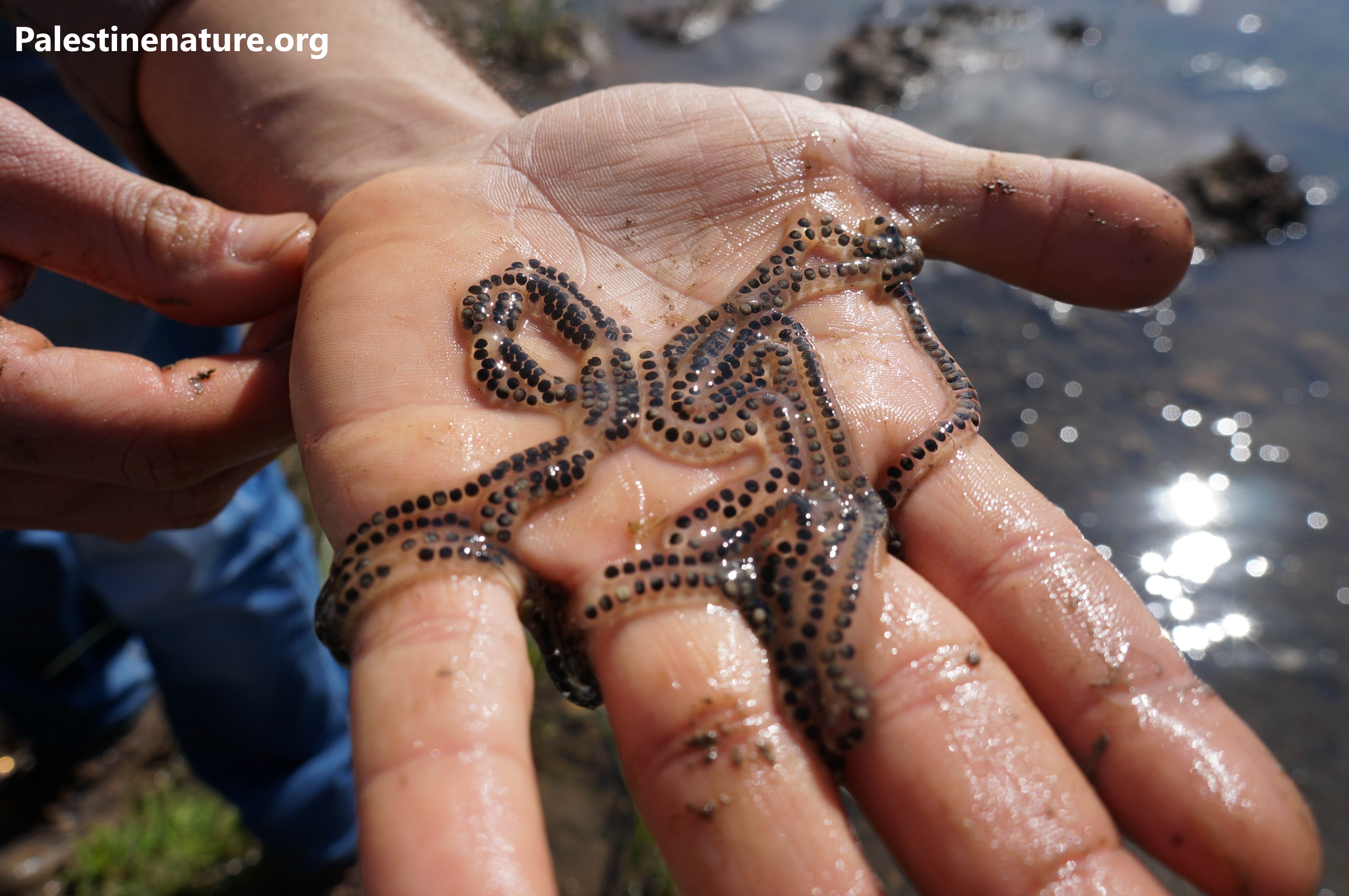
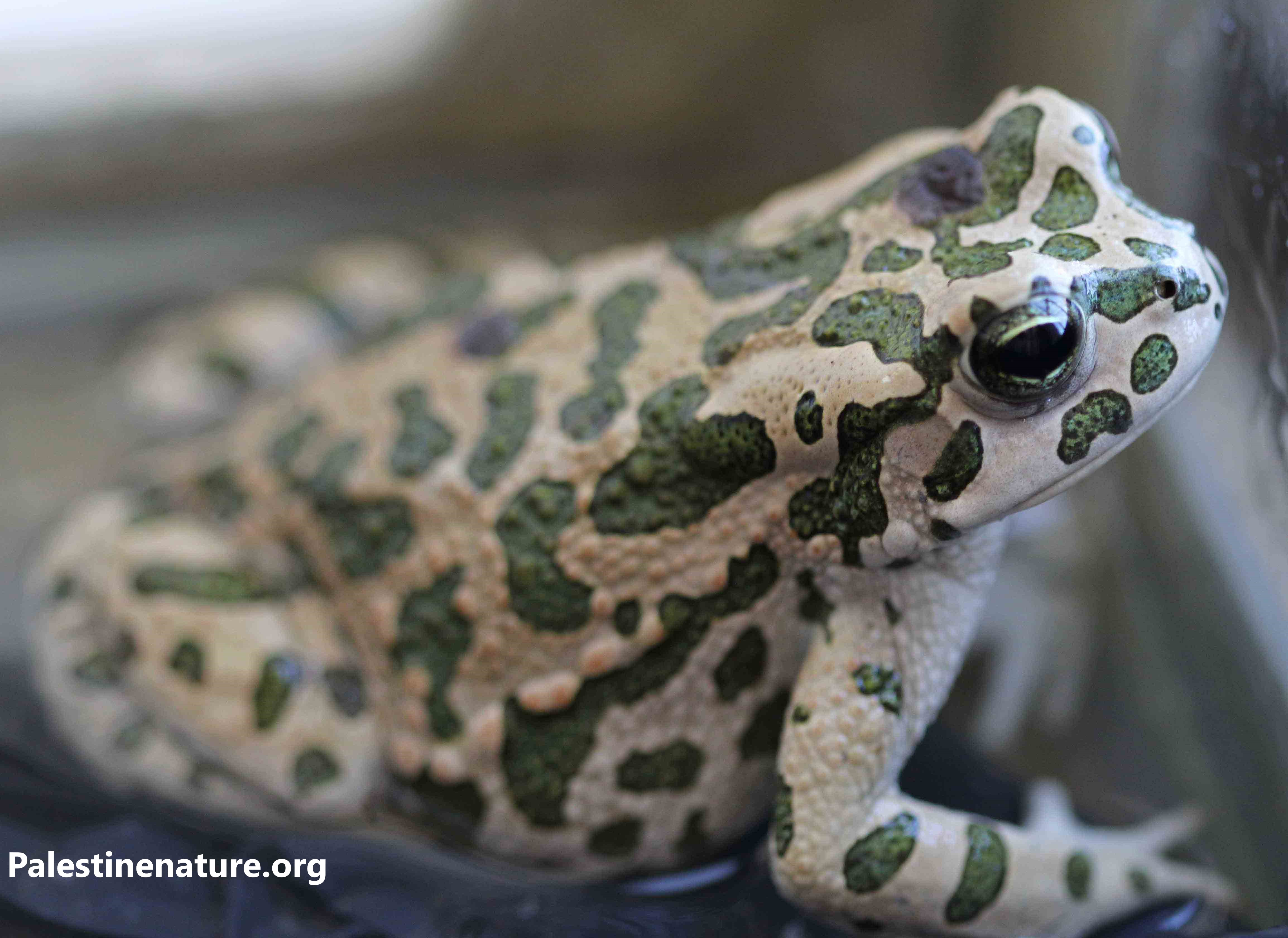
Invertebrates
A diverse group of animals that lack a backbone and are great indicators of rich biodiversity in the area. They play vital roles in ecological processes such as pollination, decomposition, and the nutrient cycle. Invertebrate include arthropods (with external hard cuticle or skin), which in turn include insects (with six legs, including butterflies and beetles), as well as arachnids , including spiders and scorpions with eight legs, along with millipedes and centipedes, both possessing numerous legs.
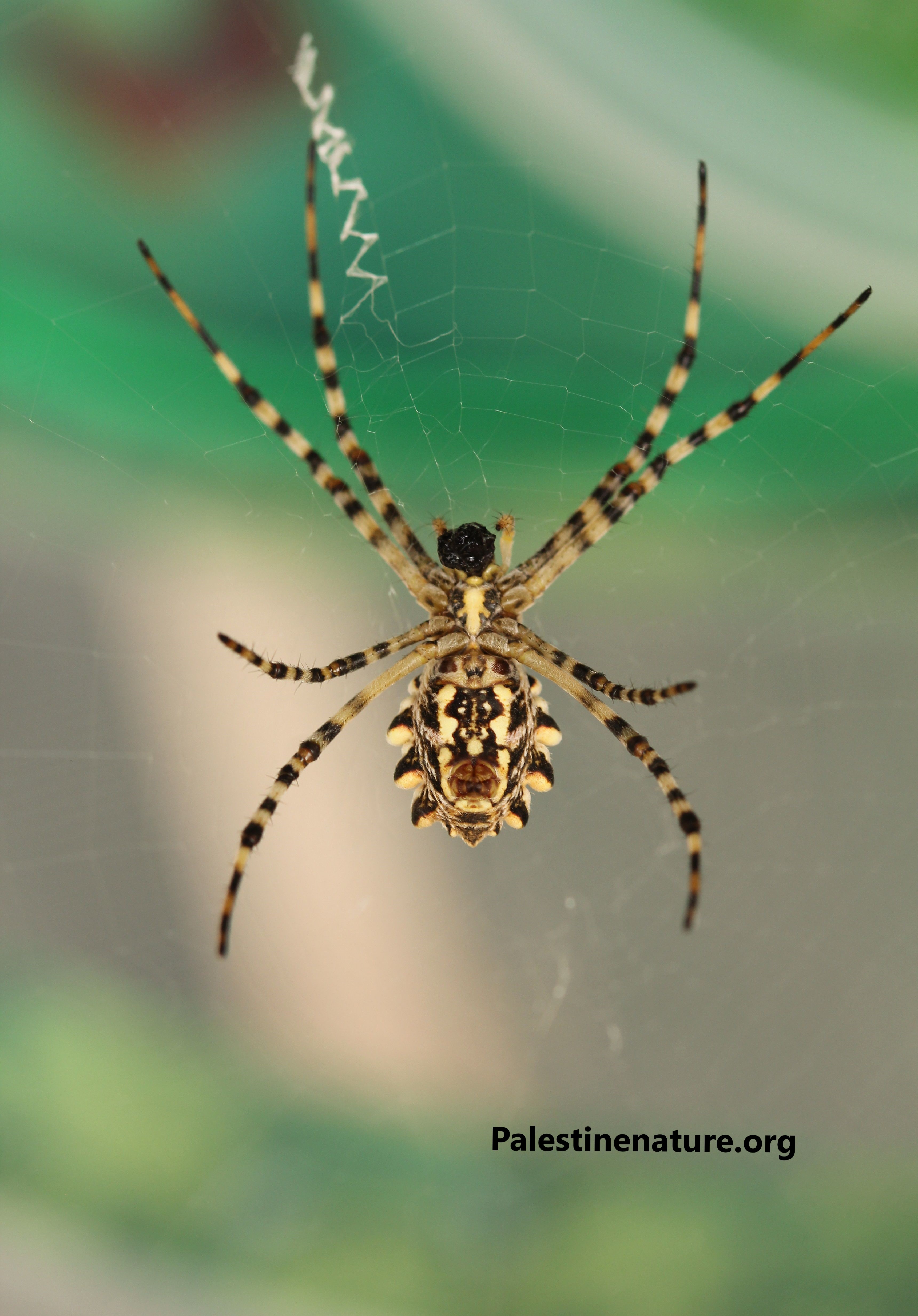
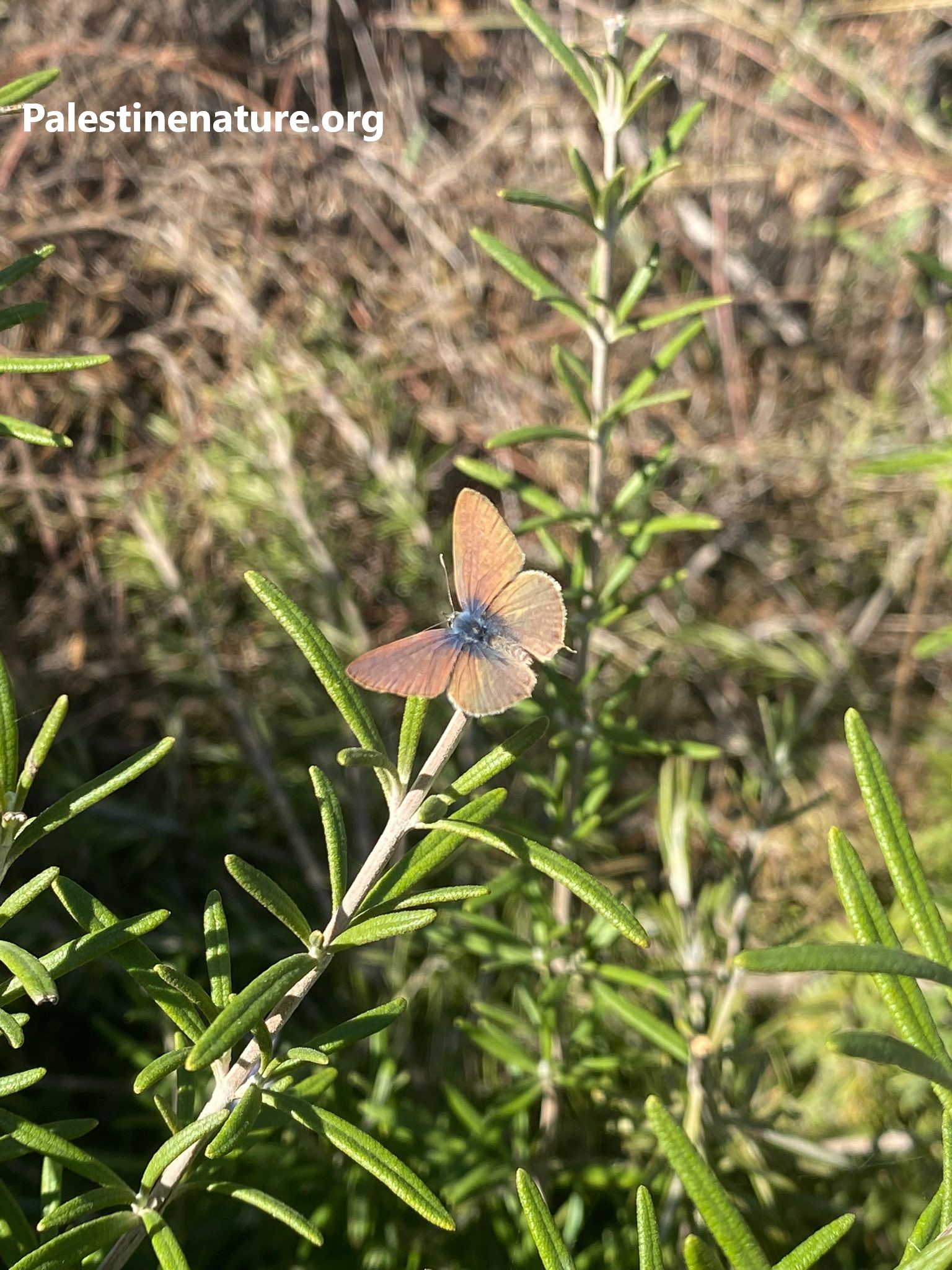
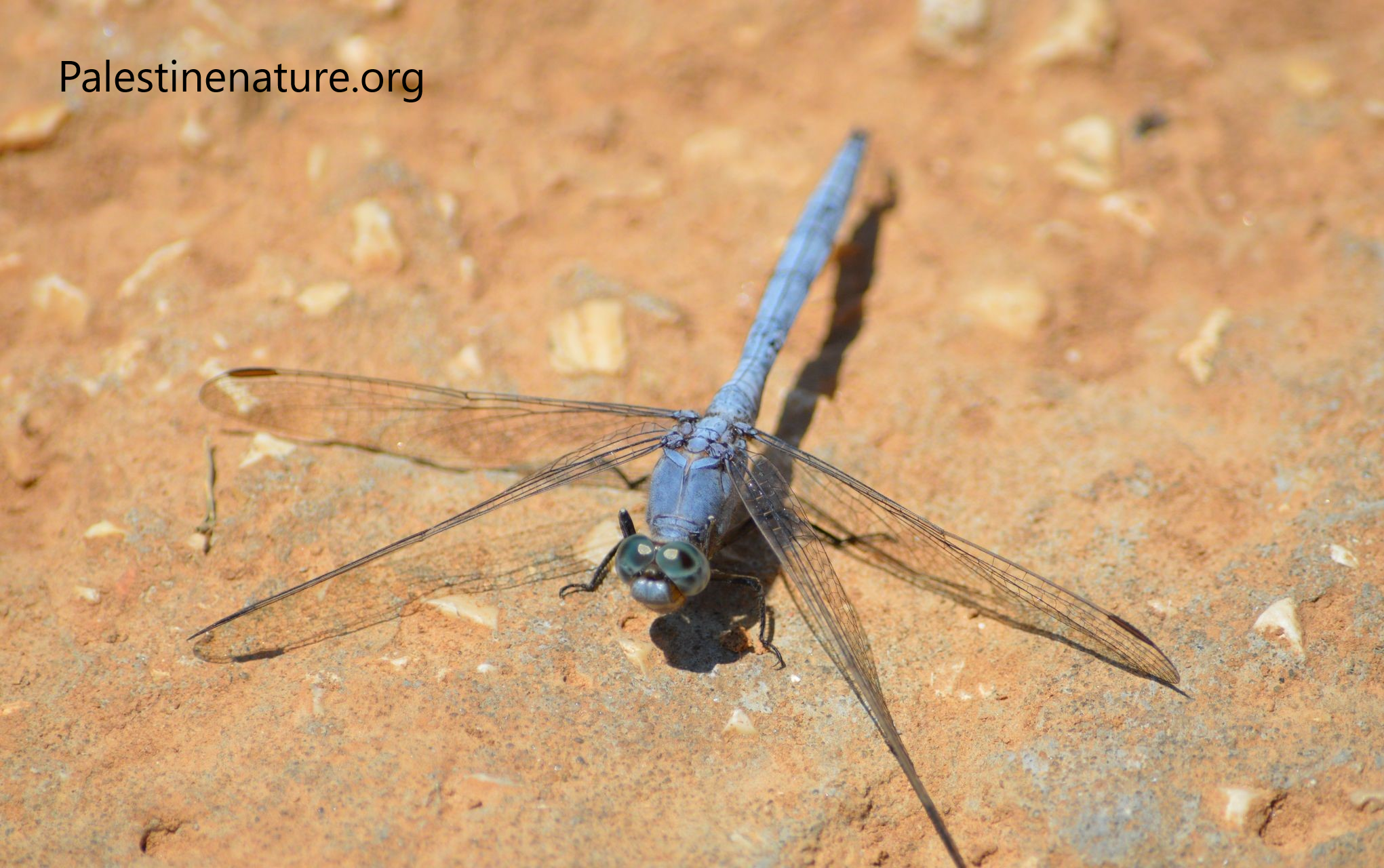
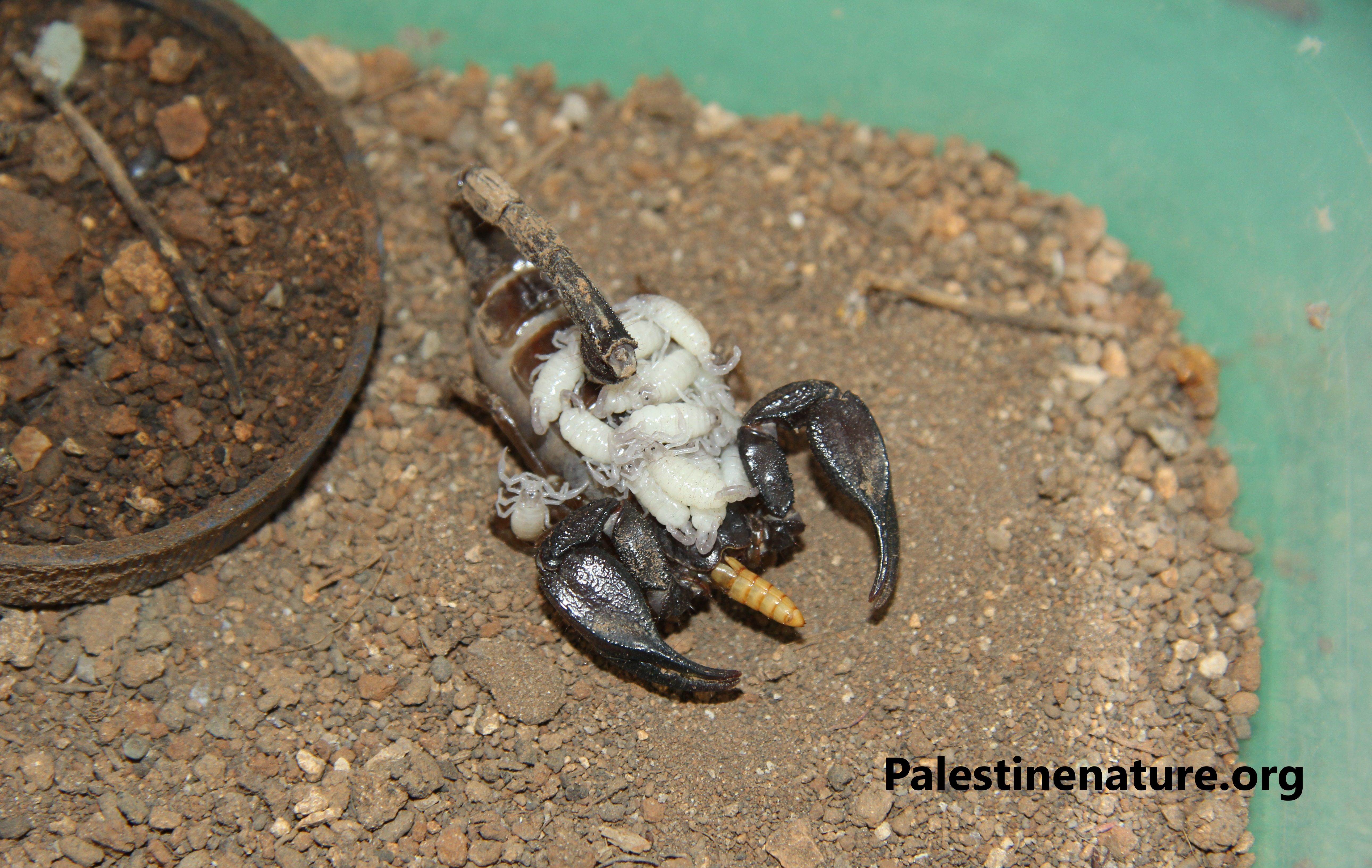
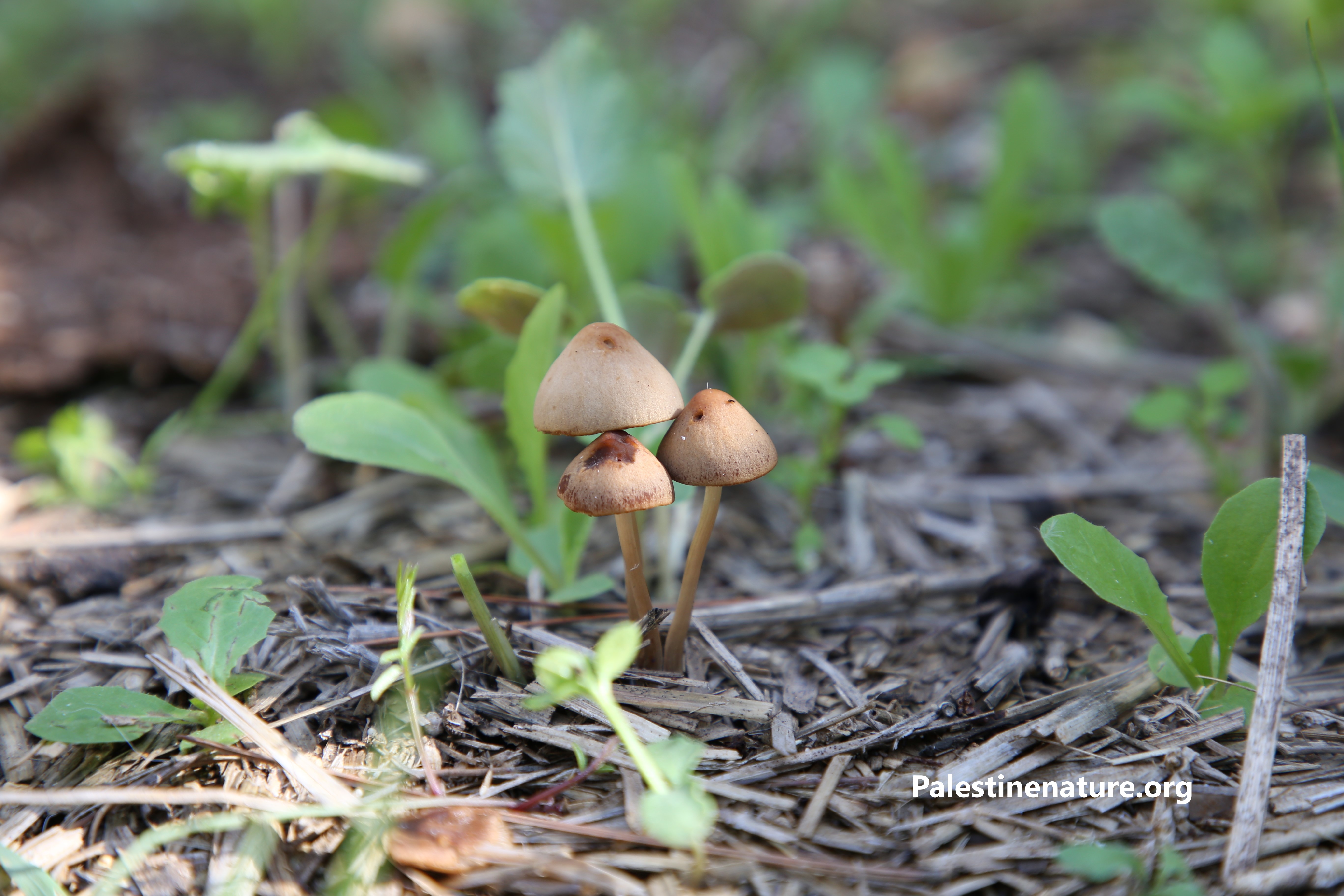 Amanita Citrina
Amanita Citrina
Mushroom
A fungus generates a mushroom as its reproductive structure, resembling a plant's fruit. However, unlike plant seeds, the mushroom produces millions of tiny spores found in its gills or pores beneath the cap. These microscopic spores disperse through the wind or other means, like animals. When they land on a suitable surface, such as wood or soil, the spores germinate, giving rise to a network of minute threads (mycelium) that extend into the new nutrient source. In contrast to the short-lived mushroom, the mycelium endures, often persisting for several years, extracting nutrients and producing an annual crop of mushrooms.


